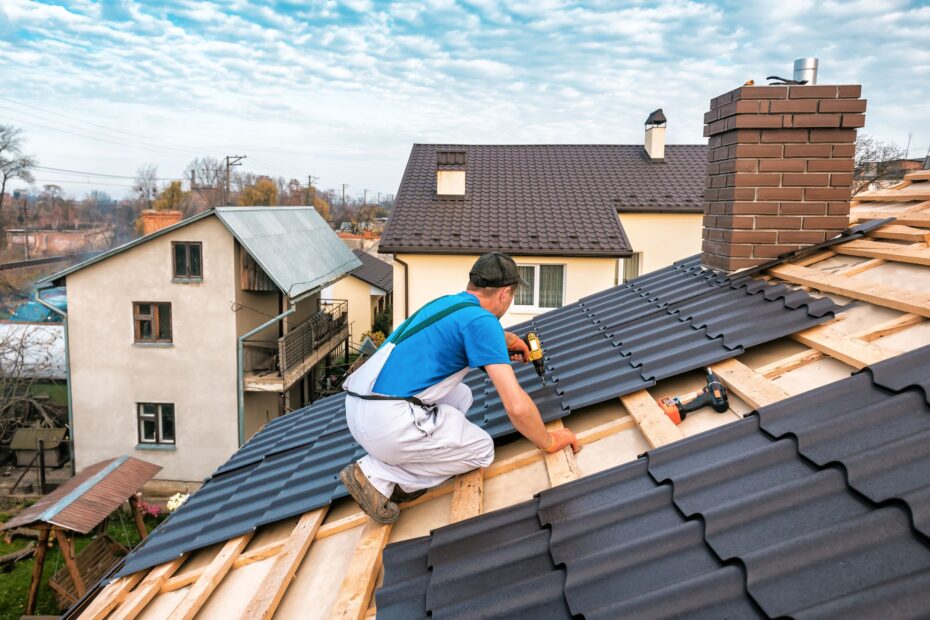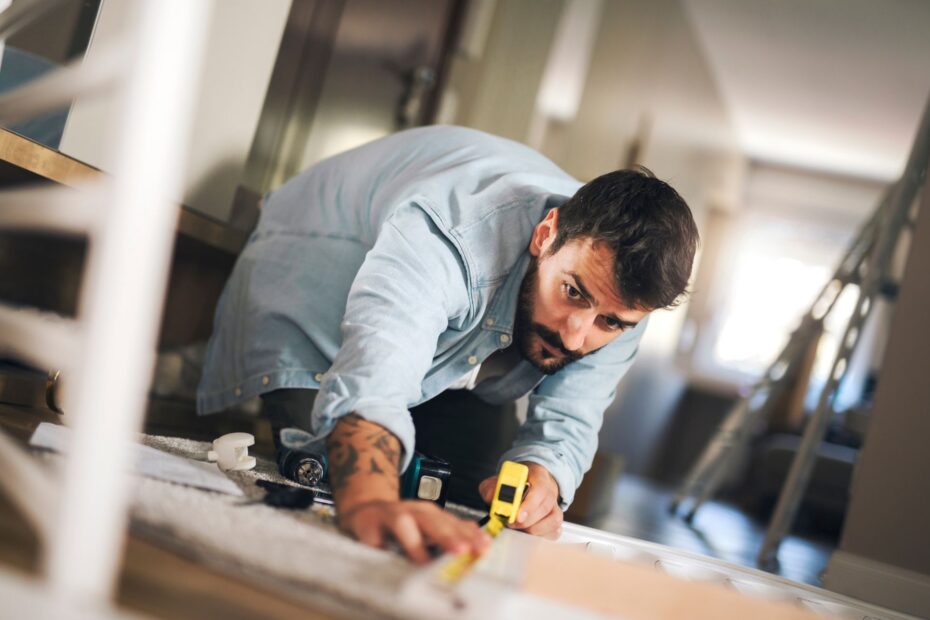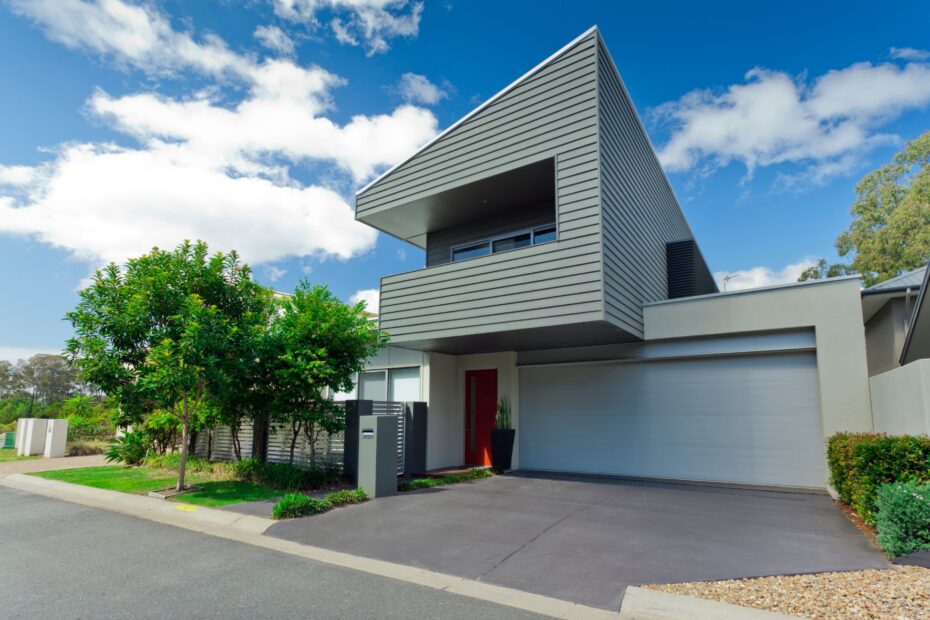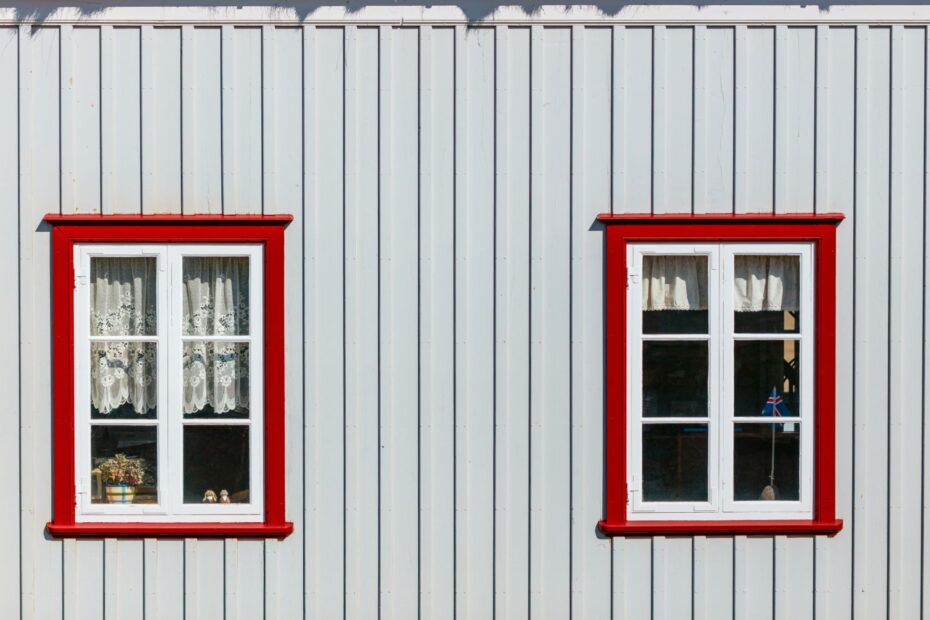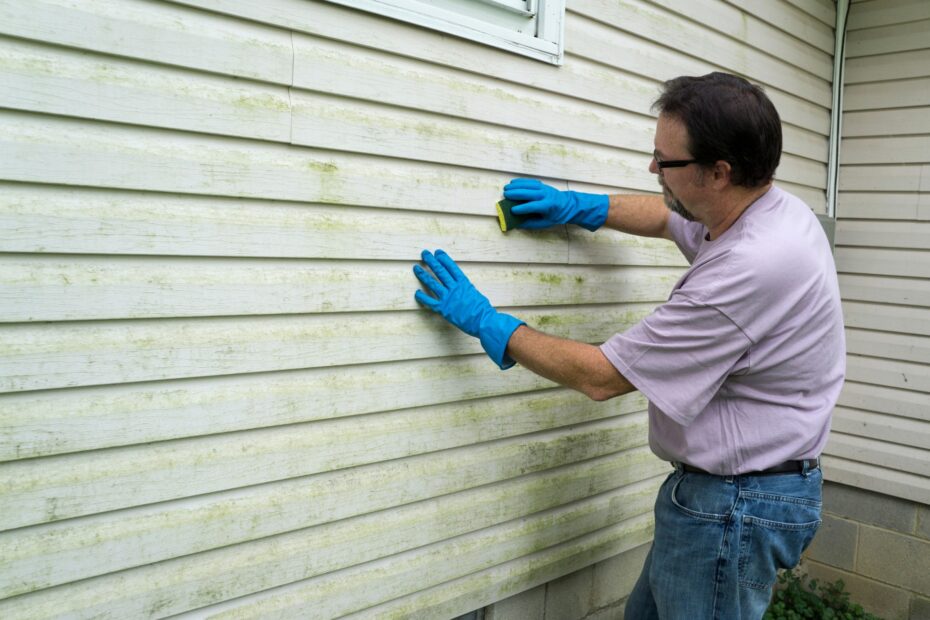What Are Gutter Guards? Protection and Types
Gutter guards are essential for homeowners who want to reduce the hassle of regular gutter cleaning and prevent debris from causing damage to their roofing system. This guide explains what gutter guards are, how they work, and the different types available. It also covers the benefits of using gutter guards, including preventing water damage, extending gutter life, and improving drainage efficiency. From DIY solutions like foam inserts to professional installations like micro mesh, homeowners can find the right system to fit their needs and budget.





